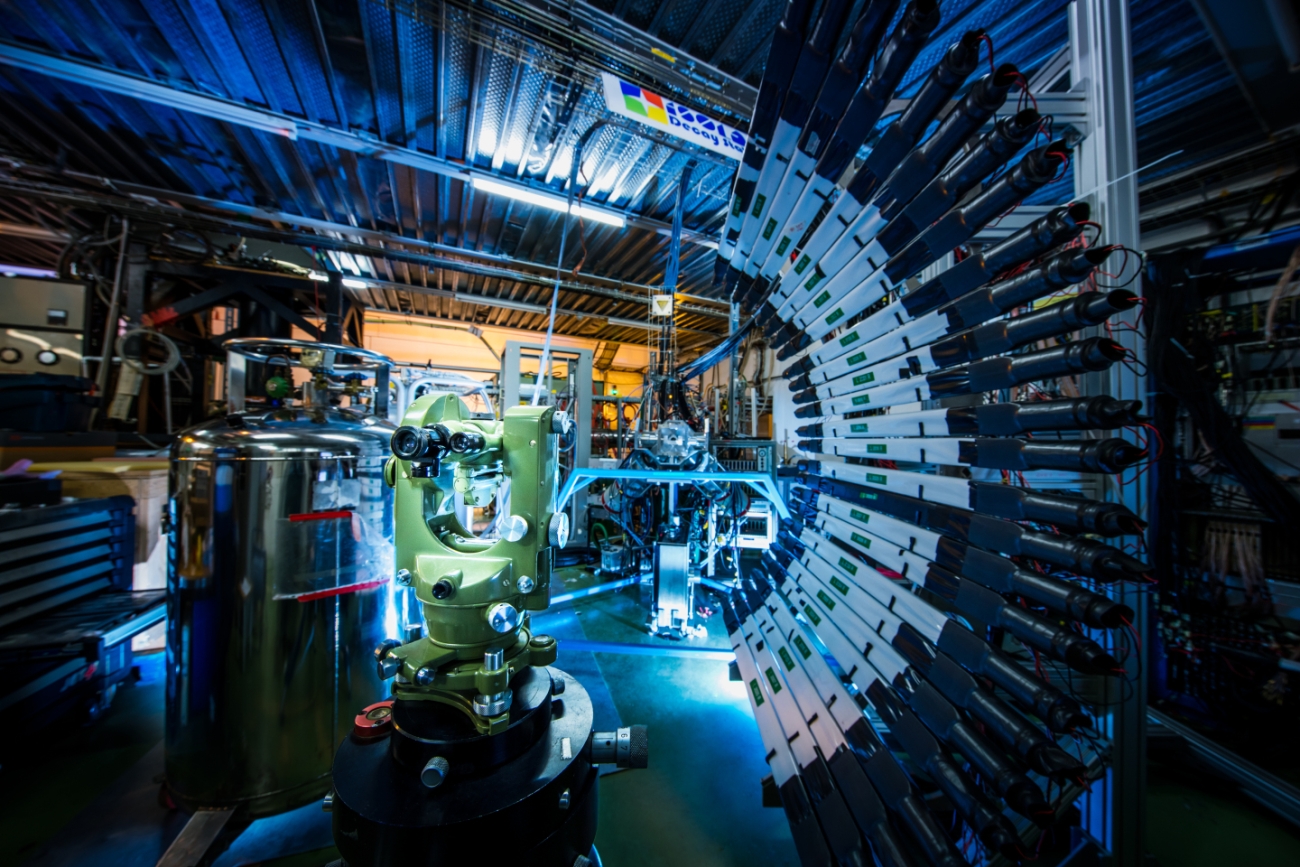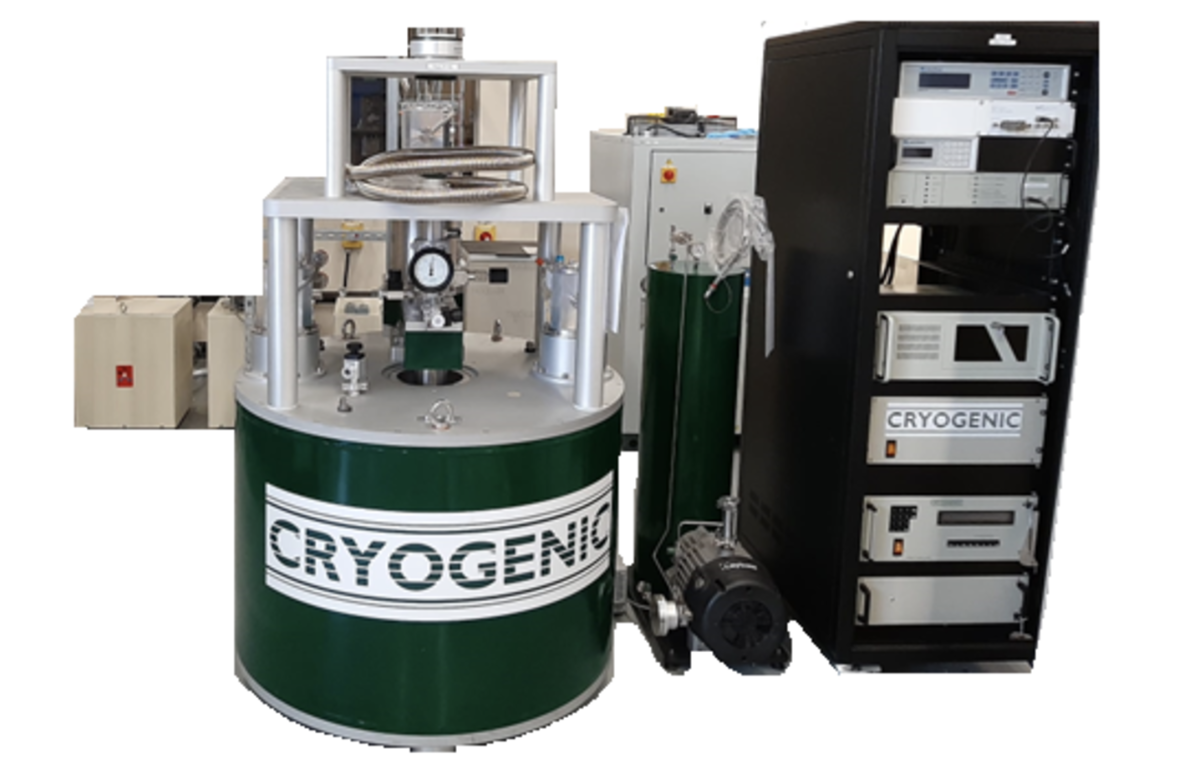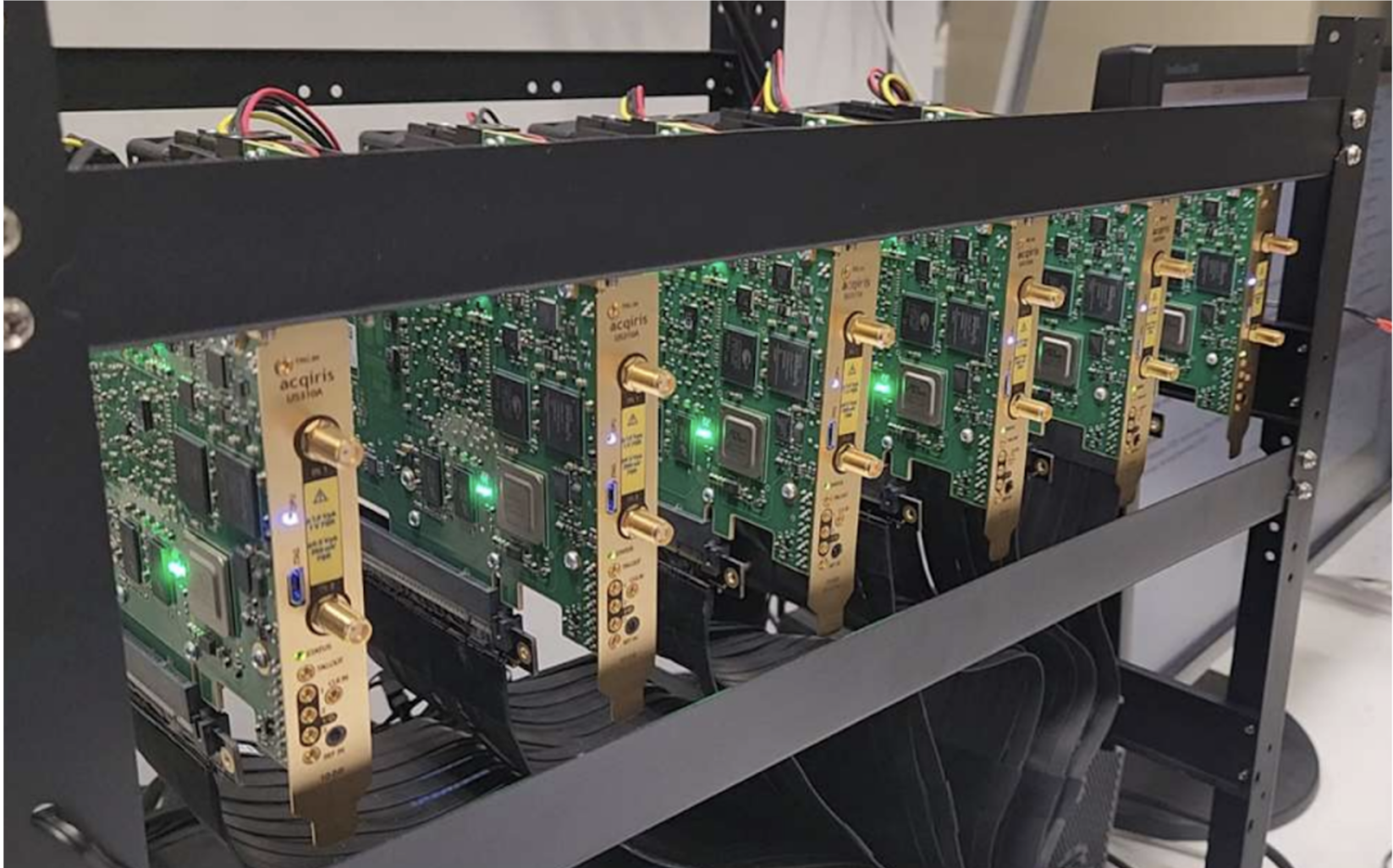Perturbed angular correlations at ISOLDE

Solid state physics and biophysics research has been conducted at ISOLDE-CERN for almost 50 years [JOH2017]. Our role in supporting experimental equipment and manpower has enabled the development of on-site laboratories. This has several advantages, from nuclear physics studies to the applications for society. Being part of the in-house group allows us to apply more and more exotic and short-lived isotopes to the study of materials and bio-elements. Currently, we have 23 ongoing projects (http://isolde.web.cern.ch/active-experiments) and the ion implantation method is used to incorporate the radioactive isotopes into the systems under study.
Radioactive isotopes incorporated in crystal lattices can serve as a source of information for local magnetic and electric phenomena in materials. Angular correlations can be observed upon sequential radioactive emission of two particles by an incorporated nucleus passing through a well-defined intermediate state [DEU1951]. These correlations are affected by the physical and chemical nature of the investigated material [ABR1953] [FRA1965]. Therefore, the effect of perturbation on the angular correlations is a result of the hyperfine interaction of nuclear moments (quadrupole Q and magnetic dipole μN) with the charges of the isotope’s surroundings. The technique of perturbed angular correlations has been applied to the study of nuclear quadrupole interactions, nuclear magnetic dipole interactions and to the special case of combined Magnetic Dipole and Electric Quadrupole Interaction on Angular Correlations [ALD1963] [HAA1973].
ISOLDE has been in operation for almost 60 years [BOR2018] and we have been using the time-differential perturbed angular correlation (TDPAC) [SCH2017] technique since the 1970s. In particular, the brand-new setup “Multifunctional Perturbed Angular Correlations” (MULTIPAC) [LUP2020] [SCH2023] (Figure 1) consists of a ground-breaking cryogenic-magnetic equipment that simultaneously enables the measurement of magnetic and ferroelectric properties of materials using TDPAC.

Figure 1: The Multifunctional Perturbed Angular Correlations (MULTIPAC) equipment at ISOLDE-CERN.
The MULTIPAC system includes the digital TDPAC equipment (PACBIT) with the latest Acqiris digitizers (Figure 2), LaBr3 scintillation crystals and MPPC detectors “Multi-Pixel Photon Counter”. The detection system consists of specially designed equipment that works in high magnetic fields, i.e., up to 8.5 Tesla can be applied. These components are fully automated and rely on user-friendly software and robust equipment to ensure that the device will serve our research program on the long-term.
The first experiments conducted with MULTIPAC were carried out using a 22Na source in coincidence mode with two detectors connected to a single digitizer. The obtained results are very promising and show a time-resolution of 0.814 ns for the 511 keV peak. Therefore, it is possible to conduct TDPAC experiments with all suitable probes that can be produced at ISOLDE-CERN. The energy resolution measurements show 9.4 % for the 511 keV peak and 2.6 % for the 1275 keV peak, which is very favourable for the use of MULTIPAC for exotic TDPAC probes. The measurements were repeated in steps of 0.1 T up to the highest field of 8.5 T and no significant changes were observed on either the energy or time resolution values. The magnetic field immunity of the detectors indicates the very bright future that MULTIPAC will offer for materials science and nuclear physics research at ISOLDE-CERN.

Figure 2: PACBIT, the modern and versatile data acquisition system of MULTIPAC.
The MULTIPAC and PACBIT equipment were funded by the German Federal Ministry of Education and Research (BMBF) through grants 05K22PGA and 05K22PGB. I dedicate this text to Ian Yap, Thanh Dang, Doru Lupascu, Nicole Lima, Magnus Hegelund and Björn Dörschel for their commitment to the MULTIPAC project.
References
[JOH2017] K. Johnston et al., The solid state physics programme at ISOLDE: recent developments and perspectives. Journal of Physics G: Nuclear and Particle Physics 44 (2017) 104001.
[DEU1951] M. Deutsch, Angular correlations in nuclear reactions. Reports on Progress in Physics 14 (1951) 196.
[ABR1953] A. Abragam, R. V. Pound, Influence of Electric and Magnetic Fields on Angular Correlations. Physical Review 92 (1953) 943.
[FRA1965] H. Frauenfelder, R. M. Steffen, K. Siegbahn, α-, β- and γ-Ray Spectroscopy ed. Siegbahn K., Amsterdam: North-Holland (1965).
[ALD1963] K. Alder, E. Matthias, W. Schneider, R. M. Steffen, Influence of a Combined Magnetic Dipole and Electric Quadrupole Interaction on Angular Correlations. Physical Review 129 (1963) 1199. Erratum Phys. Rev. 131, 2840 (1963).
[HAA1973] H. Haas, D. A. Shirley, Nuclear quadrupole interaction studies by perturbed angular correlations, The Journal of Chemical Physics 58 (1973) 3339.
[BOR2018] M. J. G. Borge and K. Blaum, Focus on Exotic Beams at ISOLDE: A Laboratory Portrait. Journal of Physics G: Nuclear and Particle Physics 45 (2018) 010301.
[SCH2017] J. Schell, P. Schaaf, and D. C. Lupascu, Perturbed angular correlations at ISOLDE: A 40 years young technique. AIP Advances 7 (2017) 105017.
[LUP2020] D. C. Lupascu, J. Schell, T. T. Dang, M. Schmuck, MULTIPAC-Setup for γ−γ Perturbed Angular Correlation Experiments in Multiferroic (and Magnetic) Materials. CERN-INTC-2020-011 / INTC-I-212. https://cds.cern.ch/record/2706092/files/INTC-I-212.pdf
[SCH2023] J. H.-Schell, D. C. Lupascu, et al., MULTIPAC-Setup for Perturbed Angular Correlation Experiments in Multiferroic (and Magnetic) Materials: proof-of-concept. CERN-INTC-2023-012 / INTC-I-249. https://cds.cern.ch/record/2845935/files/INTC-I-249.pdf
